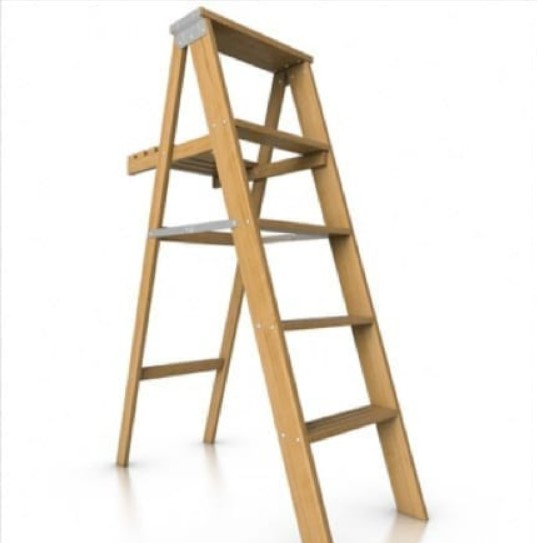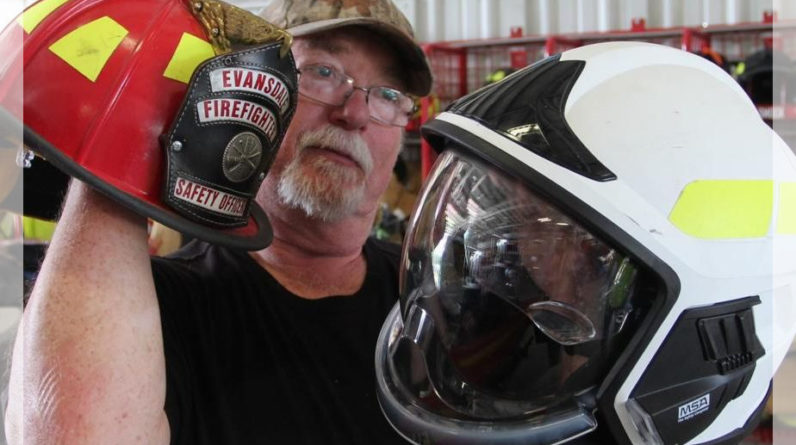
As a safety professional, the usage of right tool for the job is important for getting the job done in right way. In this way, it’s important that you never forget this rule when choosing a roof ladder. Take the time to learn about the different options that are out there to meet your specific needs. Once you select the ladder that best suits your roofing jobs, you’ll feel safe and secure for the rest of your life. In this piece of writing we will talk about the different types and parts of roof ladders.
Types of Roofing ladder
Fixed roofing ladder
Most of the time, fixed roofing ladders are put in as permanent or long-term parts of any building. Residential and commercial roofers, for the most part, would not come across this style in their jobs. They did this because they are most often seen in commercial applications as well, whenever access to a roof is required.

Self-Supporting
These roofing ladders are those that stand on their own. These are also commonly known as step ladders or A-frame ladders. These come in a various range of sizes and load bearing ratings.

Non Self-Supporting
As the name implies, non self-supporting ladders are usually called straight ladders or extension ladders and must lean up against something, usually a building. Residential users of these ladders will most often use a combination of different ladders to do roofing jobs.

Roofing ladder
A roofing ladder is just an extension ladder that has been securely attached to the ridge of a sloped roof so that a roofer can work at an angle (but not more than 75 degrees) on the roof. A pair of roof hooks should be put on the extending roof ladder to keep it safe. Most of the time, these come with wheels that let you push the ladder up the height of the roof.
Roof ladder hook as a safety tool
You’ll need a pair of roof ladder hooks to attach your ladder to the ridge of your roof. For roof work, this kind of ladder stabilizer is essential. The hooks ought to be cushioned or constructed from a substance that won’t harm the roofing shingles. For material consistency and a tight fit, experts advise installing a roof ladder hook kit made by the same manufacturer as the ladder itself when selecting a ladder to operate on a steep pitch roof. To enable it to be slid to the ridge of the roof without damaging shingles or other roofing materials, your on-roof ladder will also need wheels. If you purchase a universal roof hook kit, these wheels are frequently included in the package together with your roof hooks.

There are several other roof ladder stabilizer accessories available. Consider using rubber anti-slip safety mats, for instance, to rest the ladder’s feet. They are useful if the surface you’re working on prevents you from screwing the ladder into a deck or sinking the ladder’s feet into the ground (as you can when the ladder is resting on grass or dirt).
Ladder hooks for roofing
Check out some of these inventive options to further customize your roofing ladder choices.
- Extra-wide rungs to give you more foot room
Look for a ladder with extra-wide rungs. if you have large feet, or simply want better stability. Extra-large rungs may also help with your balance and agility when moving up and down the ladder.
- D Rung ladders
Any exterior roof ladder you choose should have non-slip, serrated rungs to give you a good foothold. For added foot stability, you might also want to consider a D-Rung style ladder. These rungs offer a horizontal stepping surface for added comfort and stability when on the ladder.
Ladder roof stabilizer
Ladder shoe
Most ladders come with their own shoes, which are also called foot assemblies or footpads. These are caps made of metal, plastic, or fiberglass that go on the bottom of the ladder’s legs to help it stay in place. Many have different patterns, like the tread on the bottom of your shoes, that help you keep your footing. Some feet come with rubber mats that you can put under the ladder to make it more stable. Some ladder shoes already have a joint built in. This gives the ladder shoe the ability to stay in full contact with the ground even when the ladder is tilted.
Ladder leveler
When you’re working on uneven ground, you may struggle to find a spot to place your ladder. A ladder leveler solves that problem for you. It allows you to adjust the length of the ladder’s legs so that one is shorter than the other. This can allow you to safely place a ladder on a set of stairs or other uneven surfaces, but it is essential to ensure that the rungs are level, so you’re secure while you climb.

Roof hook of Roof Ladder
Instead of running their roof ladder to the edge of the roof, roofers may need to do so. They will require a roof hook in this situation to hold the ladder over the crest. When using roof hooks, the front of this frequently has wheels so you can roll it up the ridge without damaging the tiles, then flip it over to fasten it. It should still be constructed from a cushioned material that won’t damage the roof.

Two roof hooks are found on the strongest ladder hooks. For material consistency and safety, experts advise that you select a roof hook from the same supplier as the ladder. Stay connected by submitting value able feedback on social media platforms (Twitter).

Hi, I am John Smit a Captain in Fire Department City of Newyork with over years of experience in the field of Firefighting and HSE. My passion for fire safety started when I was a young boy and witnessed a neighbor’s house go up in flames along with precious lives. Since then, I had dedicated my life to ensuring the safety of buildings, properties, and individuals in case of a fire and medical emergencies.






